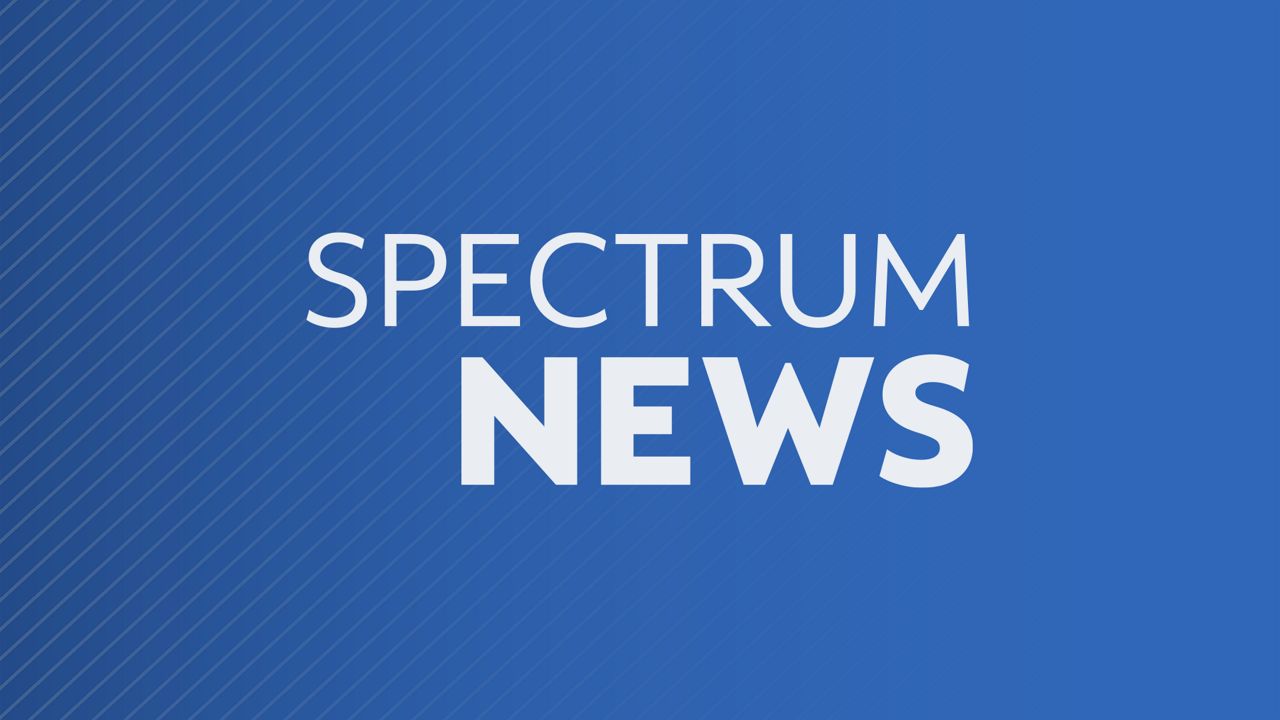COLUMBUS, Ohio (AP) — The Ohio Supreme Court on Monday ordered a state panel back to work to fix language describing an August ballot proposal aimed at making it harder to amend the state's constitution, after justices determined elements of the wording would mislead voters.
Republican Secretary of State Frank LaRose immediately reconvened the Ohio Ballot Board for Tuesday afternoon.
Monday's ruling was a partial victory for One Person One Vote, the campaign opposing Issue 1, which calls for raising the threshold for passing future constitutional amendments in Ohio from a simple majority to 60%. Amid loud protests, Statehouse Republicans advanced the issue and timed it to thwart an abortion rights issue in the works for this fall. That's despite passing a law eliminating most August elections mere months earlier.
The high court ruled unanimously that the ballot board was wrong to describe the measure as increasing the standards to qualify “any” constitutional amendment for the ballot. That's because it imposes its steep new signature-gathering requirements only on citizen-initiated amendments, not on amendments advanced by the Ohio General Assembly. If passed, it would up the number of Ohio counties where ballot campaigns must gather names from 44 to all 88.
The plaintiffs praised the ruling.
“The language politicians and special interests wanted on our ballots for Issue 1 was full of lies," One Person One Vote spokesperson Dennis Willard said in a statement. “We’re glad the Ohio Supreme Court saw through the deception and ordered changes. The fight to reject Issue 1 continues.”
The ballot language also misdescribes the percentage of electors required in each county to qualify a citizen-led issue for the ballot. It's 5% of those who voted in the last gubernatorial election, not 5% of all voters in that county.
Democrats pointed out the error to the ballot board, chaired by LaRose as state elections chief, but LaRose opted not to fix it in the moment. His fellow Republican, Attorney General Dave Yost, conceded to the mistake in court filings, but sought to minimize it as a mere technicality.
Justices disagreed, and ordered the ballot board to correct the error.
Where the court diverged was over whether it's fair to say the proposal will be “elevating" the standards for qualifying and passing future constitutional amendments in Ohio. One Person One Vote had argued that the term carries a positive connotation that could bias voters toward a “yes” vote. They pushed for “raising” or “heightening” as more neutral verbs.
The Supreme Court's four-member Republican majority ruled that “elevating” could stay — on grounds that the other verbs suggested by opponents share overlapping definitions.
“Distinguishing between them requires parsing minute differences in connotation,” Chief Justice Sharon Kennedy wrote for the majority. “But such wordsmithing should be left to Secretary LaRose because it is not for this court to choose between words of the same meaning.”
Issue 1 proponents pointed to that part of the ruling — and the court's rejection of opponents' pitch to add additional lengthy explanations to the ballot language — as a win for their side.
“Today’s win for Ohio is a win for the democratic process,” Derek Lyons, CEO and president of the Washington, D.C.-based Restoring Integrity and Trust in Elections, said in a statement. "The Ohio Supreme Court has put an end to an out-of-state, dark-money effort to wreck Ohioans’ right to a fair electoral process.”
The court's three Democratic justices dissented on the use of the world “elevating,” arguing that the phrasing doesn't meet the required impartiality test.
“Some might, not implausibly, call this restricting or curtailing or diminishing or limiting the power of the people to amend the Constitution," Justice Michael P. Donnelly wrote in a dissent joined by Justices Jennifer Brunner and Melody Stewart. "Instead, respondent Secretary of State Frank LaRose styles this as ‘elevating’ the standards to amend the Constitution. This word creates prejudice in favor of the measure.”
In a separate opinion, Brunner also argued that the measure places “onerous” new requirements on citizen-led ballot initiatives that should be more clearly spelled out.
Copyright 2023 The Associated Press. All rights reserved. This material may not be published, broadcast, rewritten or redistributed without permission.




